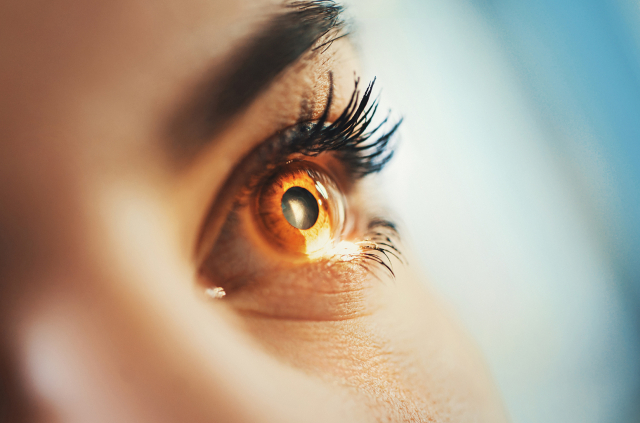US approves artificial intelligence device for diabetic eye problems

The device, called IDx-DR, can diagnose diabetic retinopathy, the most common cause of vision loss among the more than 30 million Americans living with diabetes. Image: Gilaxia/Istock.com/AFP
US regulators Wednesday approved the first device that uses artificial intelligence to detect eye damage from diabetes, allowing regular doctors to diagnose the condition without interpreting any data or images.
The device, called IDx-DR, can diagnose a condition called diabetic retinopathy, the most common cause of vision loss among the more than 30 million Americans living with diabetes.
Its software uses an artificial intelligence algorithm to analyze images of the eye, taken with a retinal camera called the Topcon NW400, the FDA said.
“A doctor uploads the digital images of the patient’s retinas to a cloud server on which IDx-DR software is installed,” said the agency in a statement.
The answer comes back that the patient’s eye problem is “more than mild” and they should seek treatment from a specialist, or it is negative for diabetic retinopathy and the patient can be rescreened in a year.
“IDx-DR is the first device authorized for marketing that provides a screening decision without the need for a clinician to also interpret the image or results, which makes it usable by health care providers who may not normally be involved in eye care,” said the FDA.
A clinical trial of the device’s effectiveness — based on images from 900 patients with diabetes — found it could correctly identify more than mild diabetic retinopathy 87 percent of the time, and patients who did not have more than mild diabetic retinopathy 90 percent of the time.
Use of the device is not recommended for people with a history of laser treatment, surgery or injections in the eye; those with persistent vision loss, blurred vision, floaters; or certain retinal disorders.
It is also not recommended for pregnant women because diabetic retinopathy can progress very rapidly and “IDx-DR is not intended to evaluate rapidly progressive diabetic retinopathy,” the FDA said.
Malvina Eydelman, director of the division of ophthalmic, and ear, nose and throat devices at the FDA’s Center for Devices and Radiological Health, said the device may help millions of people with diabetes, about half of whom do not see their eye doctor yearly.
“Today’s decision permits the marketing of a novel artificial intelligence technology that can be used in a primary care doctor’s office,” she said. AB
RELATED STORIES:
Rare tiny fingernail growing on man’s middle finger discovered by doctors
Newly discovered body organ may explain how cancer spreads